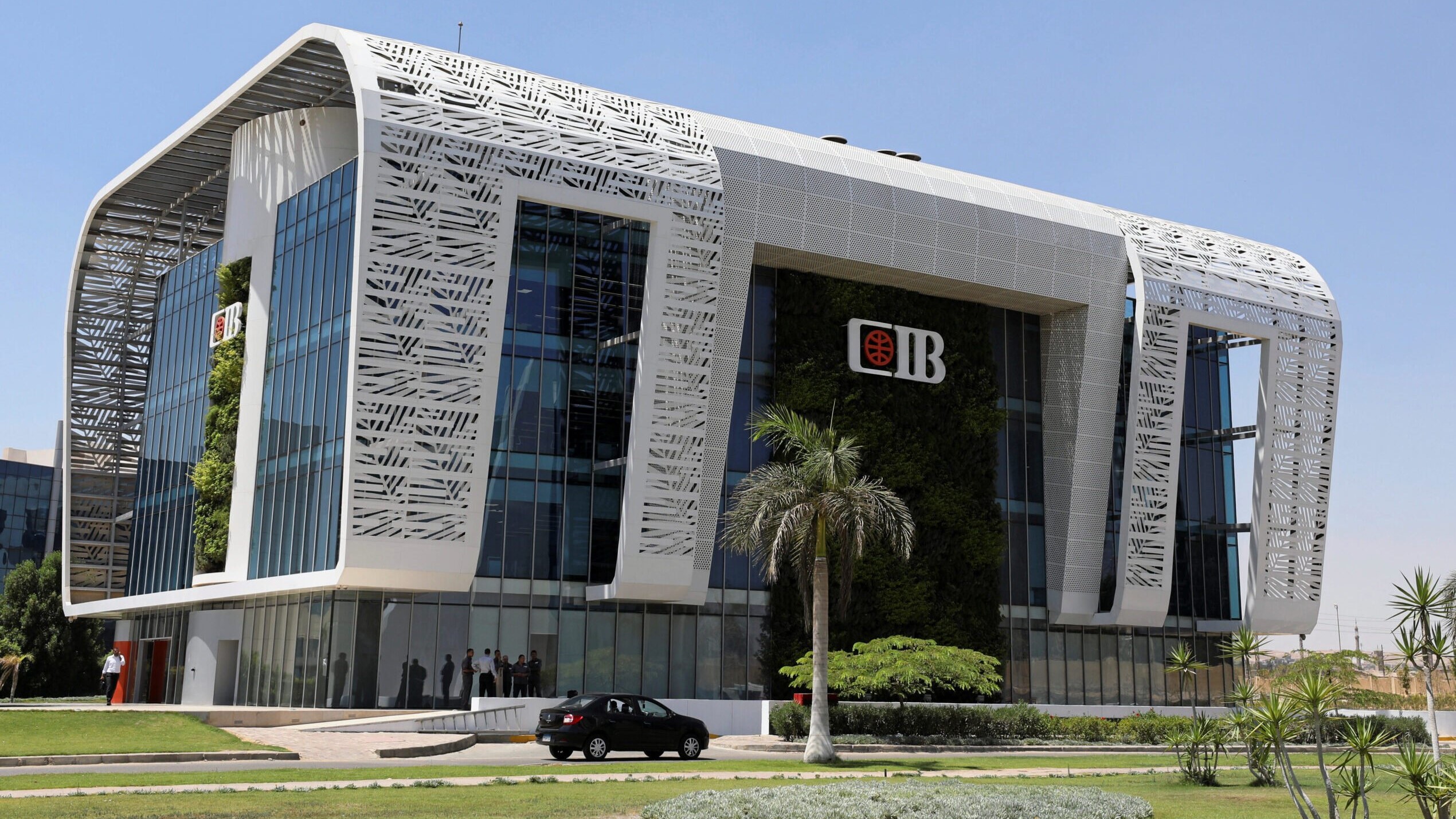Kenya and Uganda raised the stakes in East Africa’s infrastructure development race after Nairobi offered Kampala land to construct a dry port in Naivasha, 100km west of Nairobi, where the second phase of Kenya’s standard gauge railway line terminates.
Kenyan President Uhuru Kenyatta made the offer in Mombasa on Thursday during a meeting with Uganda’s Yoweri Museveni who was on a three-day tour of the country.
“We have agreed that we shall make land available in Naivasha for Uganda to develop a dry port for its cargo,” President Kenyatta announced, adding that the railway will have reached Naivasha by August.
Besides giving impetus to the joint railway project, the land deal is seen as President Kenyatta’s effort meant to lock Uganda into the project, whose fate appeared uncertain in the wake of Kampala’s recent dalliance with Tanzania.
In 2017, President Museveni upset East Africa’s balance of economic power when he abandoned an earlier agreed plan to jointly build an oil pipeline with Kenya in favour of one through Tanzania.
A recent diplomatic spat between Uganda and Rwanda that has since seen the two landlocked states close their common border appeared to make things even worse for Kenya.
Rwandan President Paul Kagame visited Dar es Salaam last month in the heat of the diplomatic spat with Kampala, a move that was seen as a firming up of diplomatic ties and to ultimately deepen Rwanda’s use of Tanzania as its main route to and from the sea. That would leave Kenya’s Mombasa port as the big loser.
President Kagame and Tanzania’s John Magufuli also discussed the ongoing construction of Tanzania’s standard gauge railway to the border with Rwanda — a project they agreed to speed up and whose completion would amount to Kigali’s total liberation from its current dependence on Uganda for trans-shipment of goods.
With Kenya’s own railway project seemingly halted in Naivasha, 250km away from the lakeside city of Kisumu and the border with Uganda, these moves appeared to leave Nairobi in the regional diplomatic cold.
It would be disastrous for Kenya if President Magufuli once again staged a diplomatic coup and got Uganda to sign up for Tanzania’s railway.
President Kenyatta having suffered his biggest diplomatic humiliation since taking office in the hands of Presidents Museveni and Magufuli in the pipeline deal, did not wait for things to roll on this time round. He launched a whistle-stop shuttle diplomacy that saw him visit Kigali and Kampala in one day, a move that was seen as one to not only defuse the tension between the two neighbours but also secure Kenya’s economic interests.
Keen observers of the East African Community political landscape termed the February and March diplomatic developments in the four capitals as the game of check-mating that has become the modus operandi of member states since Uganda, Kenya and Rwanda came together in what was dubbed the “Coalition of the Willing” that gave birth to a number of joint infrastructure projects, including the plan to build a standard gauge railway from the Kenyan port of Mombasa through Uganda into Rwanda.
Kenya’s recent offer of land to Uganda in Naivasha — whose details were not immediately available — however set social media ablaze with questions as to whether it was a government-to-government deal or a state project underlain with private interests.
President Kenyatta’s family owns large tracts of land in Naivasha and the Kenyan government has previously announced plans to establish an inland port and an industrial park there, and some critics now argue that the land deal may have partly been driven by private interests.
Locking in Uganda to the railway deal is however key to shoring up cargo volumes on the new line and increasing the viability of the project for its Chinese financiers.
Uganda remains the biggest market for Kenyan goods while the port of Mombasa serves as the region’s main gateway, handling transit cargo for landlocked states such as Rwanda, South Sudan and eastern Democratic Republic of Congo.
Kenya is at an advanced stage of negotiations with China for the financing of the Naivasha-Kisumu phase of the railway that is estimated to cost Ksh360 billion ($3.6 billion). The line will then be extended to Malaba on the border where Uganda is expected to pick up onward construction to Kampala.
Work on this last phase of the line has lately been shrouded in uncertainty, after Beijing demanded that Kenya and Uganda seek joint funding for the Kisumu to Kampala segment.
A planned joint trip to Beijing by officials of both governments did not happen last year, amid talk that Kampala had changed direction and was looking north to South Sudan.
Uganda’s Finance Minister Matia Kasaija said they had suspended the standard gauge railway project and would instead work on revamping the old metre gauge network.
“It is apparent the SGR is going to take us a lot of time to complete. We have to wait for Kenya to reach the Malaba border point then we can start,” Mr Kasaija said.
This seems to have changed with President Museveni’s visit this week.
“We have reiterated our commitment to moving all cargo by railway and reduce the cost of transport for Uganda,” said President Kenyatta.
For Kenya, locking in Uganda to the Northern Corridor project guarantees return on investment and the generation of money to repay the Chinese loans.
The proposed Naivasha dry port will therefore give Uganda a bigger stake in the cargo chain as a major transit point to hinterland states such as Rwanda, Burundi, DR Congo and South Sudan, and put the project in a better position to compete with Tanzania’s Central Corridor.
Last year, Uganda imported 7.4 million tonnes of cargo through Mombasa, translating into 82.1 per cent of the transit cargo to the region. This was an increase from the 6.2 million tonnes in 2017.
Kenya’s Transport Cabinet Secretary James Macharia said more than 25 per cent of the 30 million tonnes of cargo throughput at the port of Mombasa was destined for Uganda.
In 2018, the Mombasa port recorded an increase in the transit haulage to Uganda, Rwanda, DR Cong and Burundi, to 9.6 million tonnes, from 8.6 million the previous year. Out of this, Rwanda had 230,774 tonnes; DR Congo had 470,968 tonnes, and Burundi 22,233 tonnes.
These three countries will be important to Uganda as it plans the construction of its new line.
Improvements in the efficiency at the Mombasa port translate into more Ugandan imports, and Kenya’s additional investments in both the petroleum pipeline and the Kisumu Jetty are of direct interest to Uganda.
“We are developing a new oil terminal across the channel, which will berth four ships at the same time, each with a capacity of 100,000 tonnes. This terminal will also have a common user gas manfold,” said Kenya Ports Authority managing director Daniel Manduku.
Nairobi is already in talks with a private firm to develop the Kisumu port and has already begun the dredging works and water hyacinth removal.
“We are utilising Lake Victoria for transportation thereby reducing the cost of moving fuel to Uganda and increasing potential for trade between the two countries,” Dr Manduku said.
Agreement over beef, chicken and sugar exports
Kenya and Uganda agreed to resolve most of the trade barriers that have persisted over the past two years, with beef and sugar topping the list.
“I am glad that our Kenyan counterparts have agreed to let Uganda increase its sugar exports from 36,000 tonnes to 90,000 tonnes annually,” President Museveni said. “It is also important that Uganda will resume its poultry exports to Kenya within a week from now.”
Uganda also sorted out the restrictive paper work requirements for its dairy products, about which its traders have complained over the past three years.
The agreement signed in Mombasa saw Kenya commit to reduce the bottlenecks at the border, which should see a rise in Ugandan agricultural exports to Kenya.
Nairobi will resume issuance of importation permits for dairy products from Uganda, which it stopped in February. Kenya’s biggest win was the lifting of the ban on meat exports to Kampala, and tile exports to the country.
The two countries agreed to conduct a joint verification of the tiles quality by mid-April, before Kenya opens its borders.
SOURCE: The East African

Ethiopia has cleared the way for Safaricom to introduce M-Pesa in the market of 110 million people after deciding to include the ...

Egyptian largest private sector bank by assets Commercial International Bank (CIB) is seeking to acquire more banks to strengthen ...

The European Investment Bank and International Solar Alliance have published a study outlining access solutions to overcome key ...

Kenya has been ranked the top country in the world in reducing population with no access to electricity, pointing to the impact ...